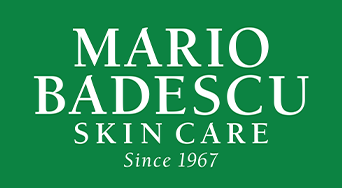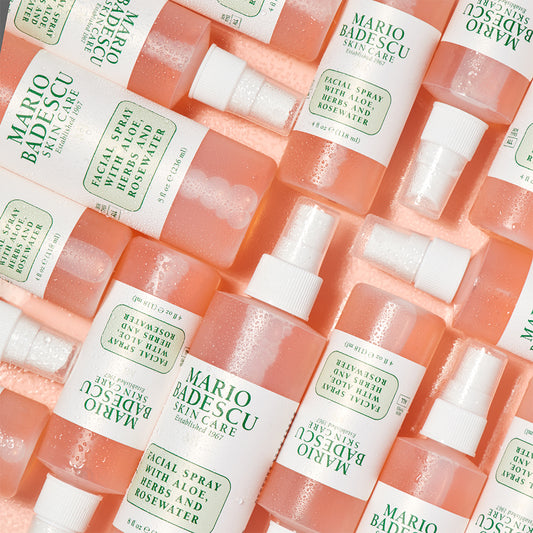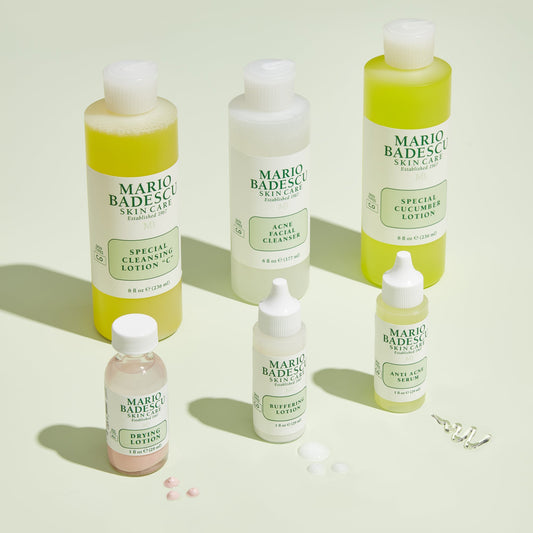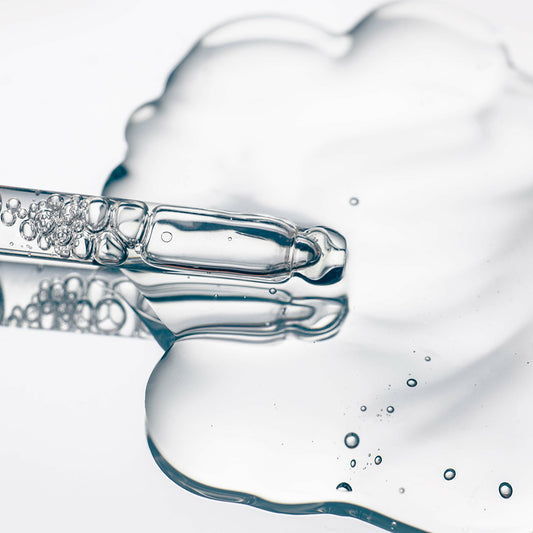What is Lactic Acid?
Derived from milk, fruit, vegetables and other plants, Lactic Acid is one of the most popular Alpha Hydroxy Acids (AHA0 found in anti-acne and anti-aging products and chemicals peels. Like other AHAs, Lactic Acid has been known to help reduce acne breakouts and the appearance of fine lines, wrinkles, and other signs of aging. What differentiates it from others, however, is its reputation. Noticeably gentler than Glycolic Acid, Lactic Acid is effective on acne-prone, dry and mature skin types without irritating the skin (some formulations are even gentle enough for rosacea).
It’s hardly a recent discovery though; goat’s milk was used as an ancient lactic acid spa treatment, and legend has it that Cleopatra soaked in milk baths sprinkled in with rose petals.
What It Does
- Hydrates complexion;
- Increases natural barrier lipids in skin’s outer layers to help prevent skin’s natural oils and water from escaping;
- Helps stimulate collagen production;
- Encourages outermost layer to shed quicker to reveal healthier, newer skin;
- Helps promote cell turnover; and
- Softens the skin.
Why We Love It
It exfoliates without irritating the skin the way a traditional granular scrub would. It’s an anti-acne and anti-aging ingredient all in one, keeping skin in check and leaving it baby smooth to the touch.
Lactic Acid is the perfect stepping stone from which you can work your way up to a stronger AHA like Glycolic Acid; it’s also a great way to help prepare your skin for a chemical peel.
What You Should Know
Like all AHAs, Lactic Acid increases the skin’s sensitivity to the sun. (AHAs work to slough off the outermost layer of skin, leaving this new layer vulnerable to UV rays.) Be sure to take extra care by using a broad spectrum UVA/UVB sunscreen with an SPF of at least 30 every day.
. . .
We recommend: Buttermilk Moisturizer, Revitalin Moisturizer, Rolling Cream Peel with AHA




